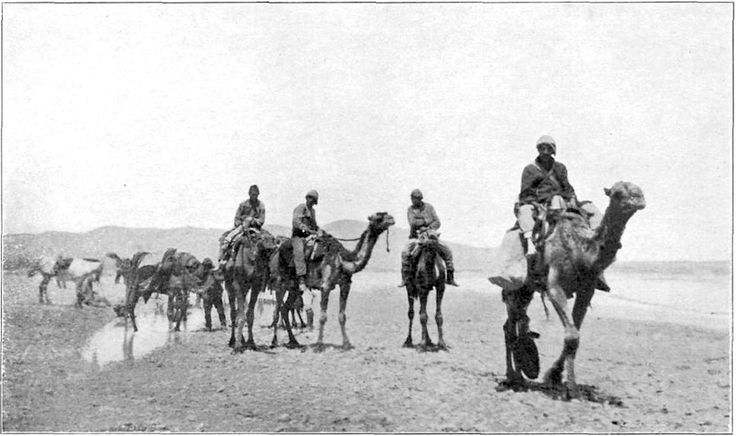The Civil War was a watershed moment for American military history. It gave us the Gatling gun. It gave us naval torpedoes. Best of all, it gave us camels.
Well, sort of.
The U.S. Camel Corps was a short-lived Army experiment that relied on camels imported from Africa for transportation. Jefferson Davis, an Army veteran and Secretary of War under President Franklin Pierce, believed that the dignified “ships of the desert” would adapt well to newly acquired states in the southwest. Without any railroads to transport Americans to the arid frontier, camels seemed to be the answer to the military’s transportation challenges.
Davis also had hopes that camels would revolutionize the military. Their ability to walk for days without stopping and carry up to 300 pounds made them attractive pack animals. They also ate basically anything growing on the side of the road, which is a huge different from horses and mules that require specific feed. Davis even explored the possibility of soldiers riding camels into battle, just the armies of the Middle East.
But camels weren’t the miracle animals Davis said they were. While they seemed like a great fit in theory, in practice the animals became a constant burden. Soldiers didn’t know how to handle camels or their famous tempers. According to one account, Confederate soldiers wanted to be rid of their unit’s camel so badly that they pushed it off a cliff.
“They were like a wart on a stick. We had them and couldn’t get rid of them,” one soldier said.
It also didn’t help that the unit’s most vocal supporter, Jefferson Davis, abandoned the Union to become the President of the Confederate States of America. The Union Army never took to camels, and it never attempted to bring them back after the Civil War was over.
Instead, the camels were given to circuses, turned into jerky or just set free to roam the country.
The biggest lesson from the U.S. Camel Corps? If you thrust an innovation on American troops they really don’t want, even if it is in some ways better for them, rest assured that it will end up at the bottom of a rocky cliff somewhere.




































